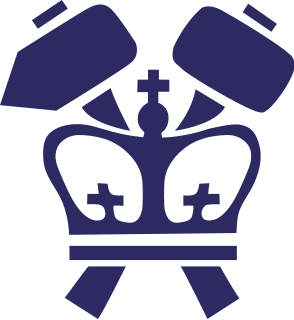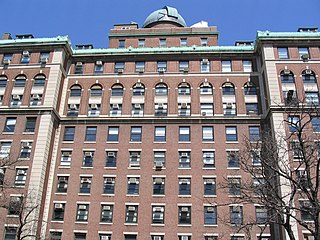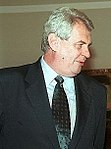
Central Europe is the region comprising the central part of Europe. It is said to occupy continuous territory that are otherwise conventionally Western Europe, Southern Europe, and Eastern Europe. The concept of Central Europe is based on a common historical, social and cultural identity. Central Europe is going through a phase of "strategic awakening", with initiatives such as the CEI, Centrope and the Visegrád Four. While the region's economy shows high disparities with regard to income, all Central European countries are listed by the Human Development Index as very highly developed.

The term Greater Romania usually refers to the borders of the Kingdom of Romania in the interwar period. It also refers to a pan-nationalist idea.

The Fu Foundation School of Engineering and Applied Science is the engineering and applied science school of Columbia University. It was founded as the School of Mines in 1863 and then the School of Mines, Engineering and Chemistry before becoming the School of Engineering and Applied Science. On October 1, 1997, the school was renamed in honor of Chinese businessman Z.Y. Fu, who had donated $26 million to the school.

HOK, formerly Hellmuth, Obata + Kassabaum, is an American worldwide design, architecture, engineering and urban planning firm.

The Saffron Swastika: The Notion of "Hindu Fascism" is a book written by Koenraad Elst in which he argues against the idea that the Bharatiya Janata Party (BJP) or the Rashtriya Swayamsevak Sangh are fascist in ideology. It discusses his views on the concepts of Hindutva and Hindu nationalism, and was published as two volumes in 2001.

The Columbia University Physics Department includes approximately 40 faculty members teaching and conducting research in the areas of astrophysics, high energy nuclear physics, high energy particle physics, atomic-molecular-optical physics, condensed matter physics, and theoretical physics.
Socialist Alternative Future is a Trotskyist political party in the Czech Republic, founded in 1990 by students active in the events of the Velvet Revolution. It affiliated to the Committee for a Workers' International in 1994.










